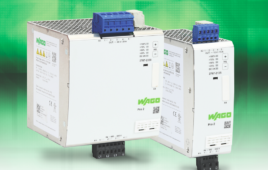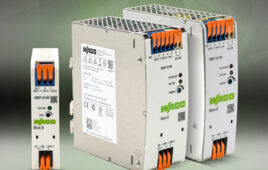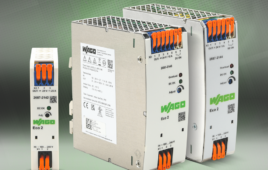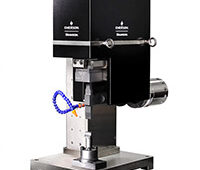Electrical components and equipment are subject to various regulations and standards that specify the manufacturing process, characteristics, and usage with which components must comply to ensure proper installation and safe operation. Ultimately these regulations ensure the safety of personnel and nearby equipment.
In fact, standards are formal documents that concisely stipulate requirements and guidelines for both objects and operations. They’re usually created by standards organizations with regional jurisdictions … and may have different designations depending on the assigning organization. Standards are usually very specific — covering rules for exact and precise conditions.
What is UL 61010?
Industrial power supplies are subject to several standards covering various use cases. One such standard is Underwriters Laboratories’ UL 61010 — a standard that specifies safety requirements for electrical equipment for test and measurement, industrial process control, and laboratory use. This standard covers requirements for power supplies specifically for use with test and measurement, control, and laboratory equipment. Other generic and specific use cases of power supplies are covered by different standards.
UL 61010 is a unified standard, and so it has the same designation and content across various standards organizations — including Underwriter Laboratories itself as well as the International Electrotechnical Commission or IEC. In other words, UL, EN, ANSI, ISA, and IEC 61010 all refer to the same standard.
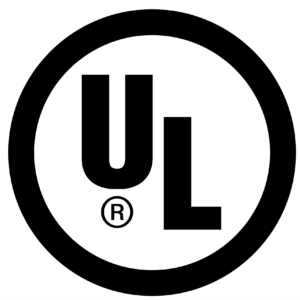
Underwriters Laboratories (UL) is a global safety certification company headquartered in Northbrook, Illinois. It maintains offices in 46 countries. Logo courtesy Underwriters Laboratories
The UL 61010 standard is divided into several parts dedicated to set equipment types. Safety requirements applicable to power supplies are mostly covered in Part 1 (61010-1) and Part 2-201 (61010-2-201) which contain general safety requirements that:
• In 61010-1 pertain to all equipment affected by the standard and
• In 61010-2-201 define requirements specific to control equipment.
These Parts of UL 61010 include various safety requirements that address hazards relating to electric shock and burns, spread of fire, temperature, and radiation. In fact, many of these hazards directly or indirectly related to output voltage levels.
UL/IEC 61010 output-voltage requirements for power supplies
Several safety requirements in the UL 61010 standard apply to the output voltage of a power supply.
Limiting values: This safety requirement is covered in clause 6.3 of UL 61010 – limiting values for accessible parts. It specifies the voltage limits for accessible devices such as power supplies. The requirement limits the voltage levels to 30 Vrms (root mean voltage) and 42.4 Vpk (peak voltage) as well as 60 Vdc for normal conditions. Otherwise for single-fault conditions, the values are 50 Vrms, 70 Vpk, and 120 Vdc.
SELV and PELV rating: Power supplies to be used with control equipment must be rated for a safety-separated extra low voltage (SELV) or protective extra low voltage (PELV) as specified in UL 61010-2-201. ELV for dc power is any voltage 120 Vdc and below. SELV and PELV systems are designed to eliminate the risk of electric shock. SELVs are electrical systems separated from ground and other nearby systems — so voltage is incapable of exceeding ELV during normal and even single-fault conditions. The latter includes nearby systems’ earth faults during system separation. In contrast, PELVs aren’t electrically separated from ground so can’t exceed ELV in normal or single-fault conditions.
61010-2-201 requires power supplies to be SELV or PELV devices. This means the maximum output voltage of these devices mustn’t exceed 120 Vdc in normal and single-fault conditions. Power supplies that comply with 61010-2-201 can be 100% loaded, eliminating the need for 50% derating.
Power-supply compliance with NEC Class 2
Power supplies compliant with the 61010 standard and servicing NEC class 2 circuits must also satisfy NEC Class 2 requirements. NEC Class 2 compliance limits the maximum output power of power supplies to 200 W — and of course, total power out is a function of current and voltage. So for example, a 24-V power supply’s current mustn’t exceed 4.2 A … and a 48-V power supply mustn’t exceed 2.08 A. However, maximum allowable current to 8 A is permissible during a fault … such as that occurring during a component failure, system short circuit, or overload.
You may also like:
Filed Under: Power supplies





